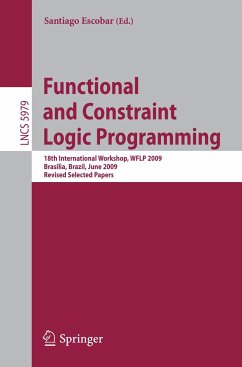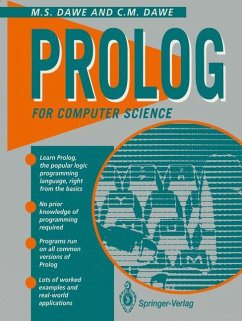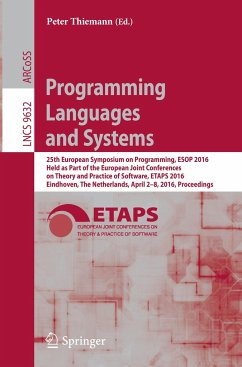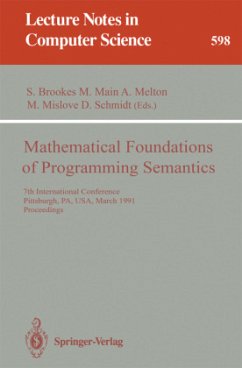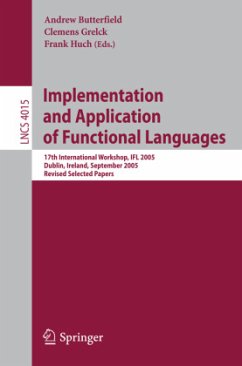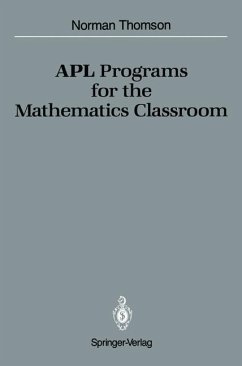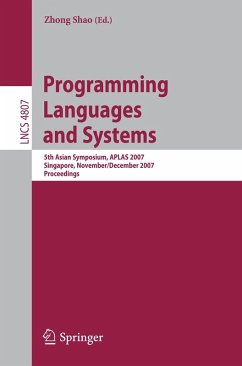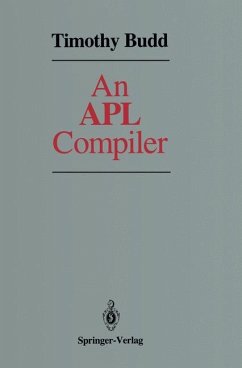
LISP, Lore, and Logic
An Algebraic View of LISP Programming, Foundations, and Applications

PAYBACK Punkte
32 °P sammeln!
Here is a presentation of LISP which is both practical and theoretical. For the practical, the syntax of the language, the programming styles, and the semantics of computation are carefully developed. For the theoretical, the algebra of interpreters, the lambda calculus as a foundation for LISP, and the algebraic significance of LISP's approach to artificial intelligence are discussed. As the title suggests, the book reaches beyond the technical side of LISP to present colorful applications, historical comments and quotations, computational philosophy, consequences of LISP's exceptional power,...
Here is a presentation of LISP which is both practical and theoretical. For the practical, the syntax of the language, the programming styles, and the semantics of computation are carefully developed. For the theoretical, the algebra of interpreters, the lambda calculus as a foundation for LISP, and the algebraic significance of LISP's approach to artificial intelligence are discussed. As the title suggests, the book reaches beyond the technical side of LISP to present colorful applications, historical comments and quotations, computational philosophy, consequences of LISP's exceptional power, and much more. The material has been designed to appeal to a variety of readers, from the bright freshman to the practicing professional, and from computer scientists and mathematicians to chemists, engineers, and philosophers.





